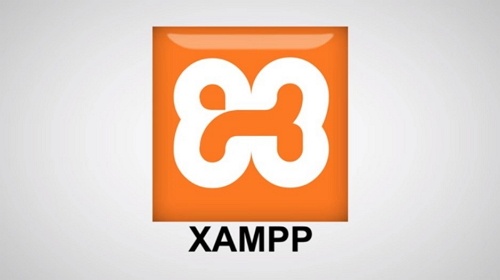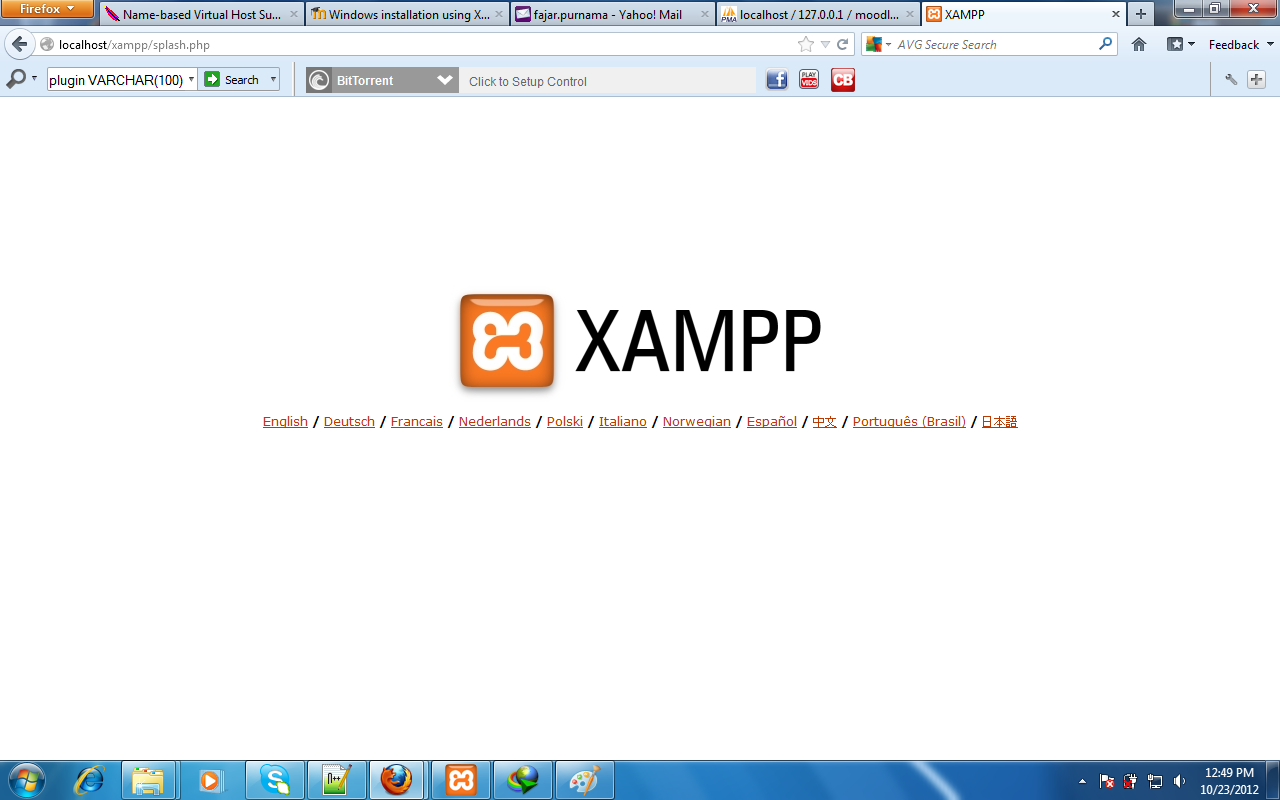
This directory is used to configure how PHP behaves on your server.īy default, the Apache web server runs on port 80. It contains an important file named php.ini.

The following is a list of the basic directories that you are supposed to be aware of. This XAMPP Tutorial assumes that you have installed XAMPP on drive C in Windows using the steps mentioned above. On successful completion of installation, you will see following windowīefore we test our XAMPP installation, let’s first look at the basic directories that we will be working with. You will have to do this from the XAMPP control panel.PHP and

If you have not installed Apache and MySQL as services, then you have to manually start them every time that you want to use them. Installing them as services runs both Apache and MySQL automatically in the background whenever you power up your computer. For you to use Apache and MySQL, they are supposed to be running in the background. Services can be set to run automatically whenever the windows operating system is started. Note a service is a long-running program in windows that does not require user intervention. You may optionally select FileZilla (FTP Client) if needed. In the next screen select Apache and MySQL. In the next screen, Change the installation path if required. The diagram below illustrates the main steps.Īfter you have deactivated the User Account Control, click on OK button on the warning message box. To do this, Select Control Panel > User Accounts > Change User Access Control settings. If you are using Windows Vista or Windows 7, make sure that you deactivate the User Account Control feature. The warning message dialog window shown below appears. There are however, a few things that we must note.Īfter you have downloaded XAMPP, run the setup.

XAMPP Installation is just like installing any other windows program.

Click here to XAMPP download for Windows:


 0 kommentar(er)
0 kommentar(er)
